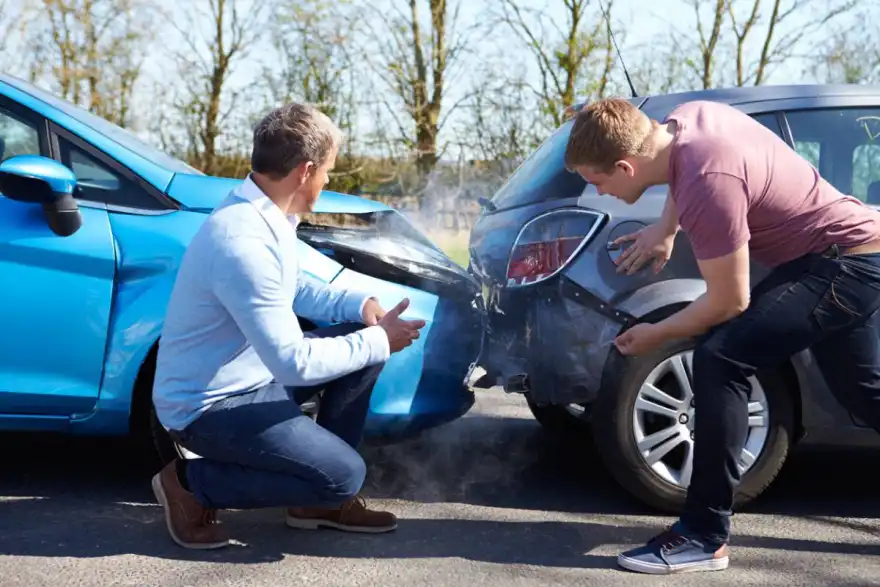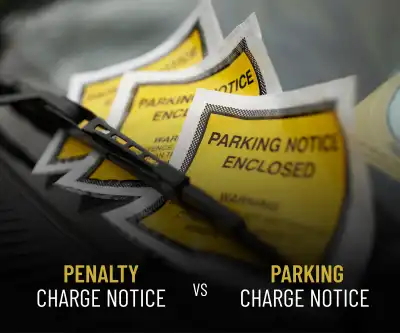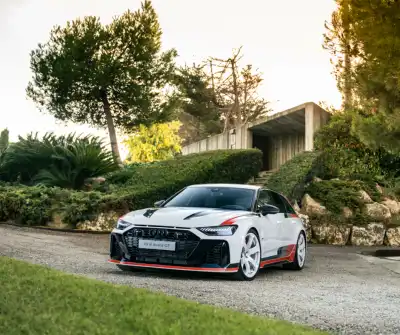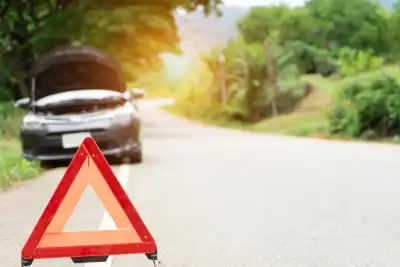
If your car is badly damaged it can be written-off by its insurance company in two scenarios. Either the damage is so severe that the car cannot be fixed or the vehicle can be fixed but the cost is too high relative to its value - generally speaking this is around 60% for most insurers.
Category A, B, N, S write-off
When your car is written-off it is placed in a category that defines what can – or must – happen next. See the following table.
| Category | What can or must happen next |
| A | The entire car must be scrapped. Parts cannot be removed and fitted to another vehicle. |
| B | The car’s bodyshell must be scrapped. However, some other parts can be removed and fitted elsewhere. |
| N | The car has non-structural damage and can be fixed. |
| S | The vehicle has structural damage but can be fixed. |
Category C and D write-off
Some write-off categories were different before October 1st 2017. C was used instead of S, for example. Category C suited if a car could be fixed but the cost was greater than its value. Also, Category D was used rather than N. Category D applied if the cost of fixing the car was less than its value – but the total was higher when other costs such as transporting the car were included.
Insurance company payout
Once the car is written-off its insurer offers you a financial payout. The payout is the value of the car minus any insurance company excess. Once you take the money, the car belongs to the insurer and it will be scrapped if it is category A or B. Alternatively, you can take the payout but buy the vehicle back from your insurer if it is N or S. You can also negotiate this settlement figure and it’s typically advised that you don’t accept their first offer.
DVLA must be told your car is a write-off
The Driver and Vehicle Licensing Agency (DVLA) must be told your car is a write-off or, if the car is category N, S, C, or D, then this is noted on its log book for life. The note guarantees that any potential future buyers know your car was written-off by its insurer.




